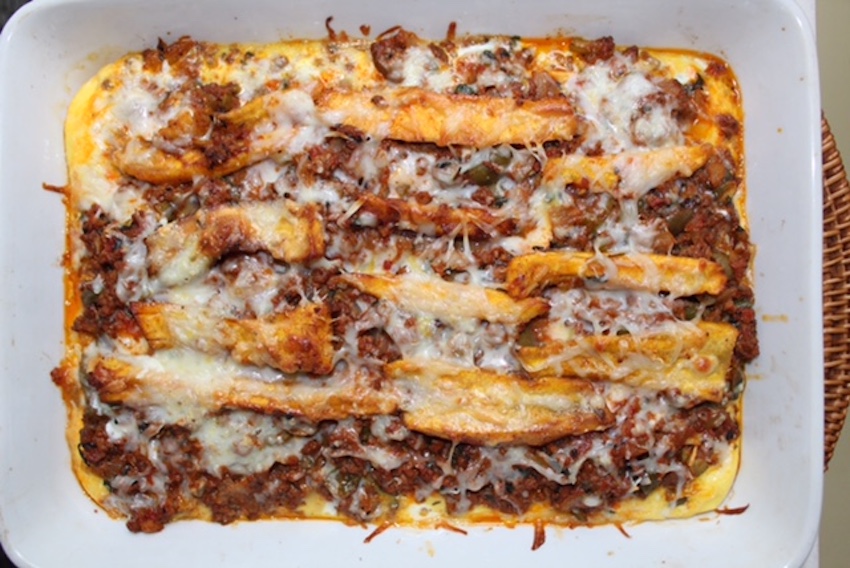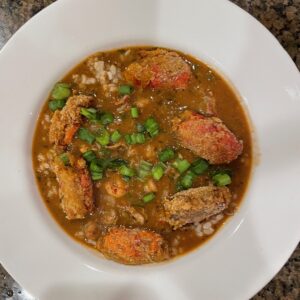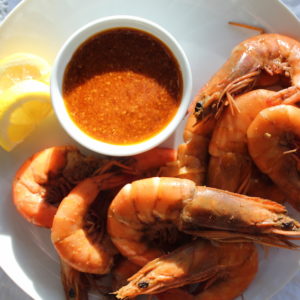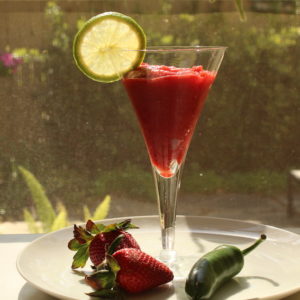Pastelon, Puerto Rican plantain lasagna, is just like lasagna with plantains substituted for the lasagna noodles.
Plantains are prevalent in Puerto Rican cuisine. Mashed fried plantains are found in mofongo. Tostones, fried plantains, are eaten as a snack or with meals and sometimes paired with meat. The most popular form of Puerto Rican cuisine is Creole cooking. Creole in Puerto Rico refers to the cooking of Spanish Americans of European descent. A little different from how Creole is defined in Louisiana but with many similarities.
If you have ever been to Puerto Rico, you have probably had plantains prepared in some manner as well as many of their other popular dishes such as lechon asado, roasted suckling pig, alcapurrias, stuffed fritters, or tres leches, the decadently sweet dessert cake made with three milks.
I do not eat much pasta so pastelon with plantains substituted for lasagna noodles is a great alternative for me. Make sure that you buy ripe plantains so they will not taste bitter. I used ground beef to create the meat layer for the pastelon, but you could also use ground chicken or turkey. The meat is seasoned with a “sofrito” of onion, garlic, peppers and tomatoes. The meat and cooked seasonings are enhanced with olives and capers, infusing salty flavors into the sautéed meat.
Many recipes call for adobo spice. I used oregano, chili powder, paprika, cumin and black pepper which is like making a homemade adobo spice mixture.
Once the plantains have been fried and drained and the meat sauce prepared, you can assemble the pastelon, Puerto Rican plantain lasagna, just like any other lasagna. Begin with a layer of plantains on the bottom of the baking dish followed by layers of the meat mixture and the grated cheese. Once the layers are complete, a beaten egg and milk mixture is poured over the top. The pastelon needs to bake for only about 25 minutes or until it is golden brown and bubbling. Serve immediately and enjoy your first, and probably not your last, taste of Puerto Rican Creole cuisine.






Comments are closed.